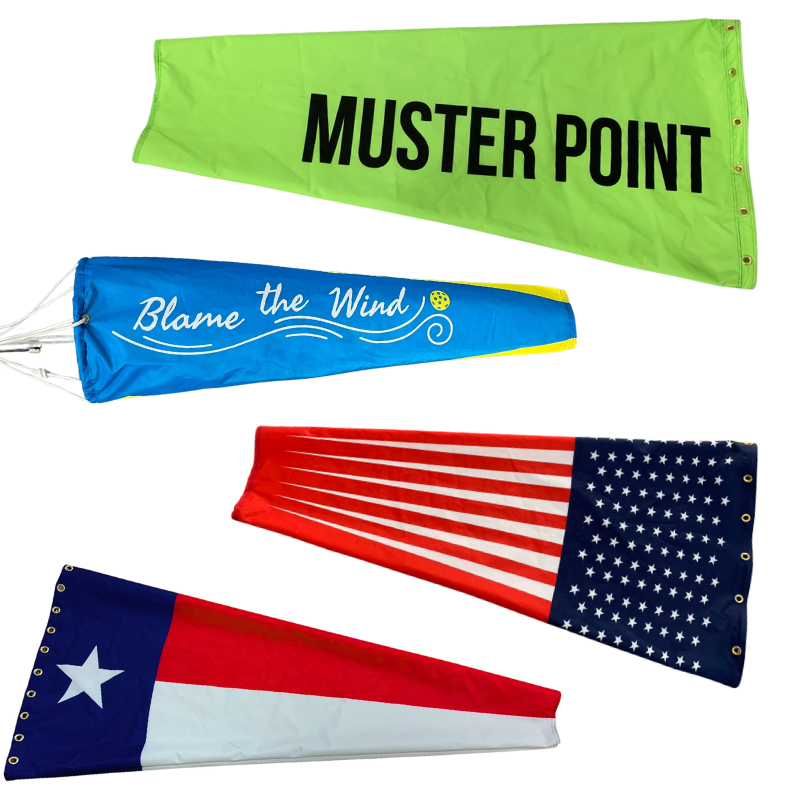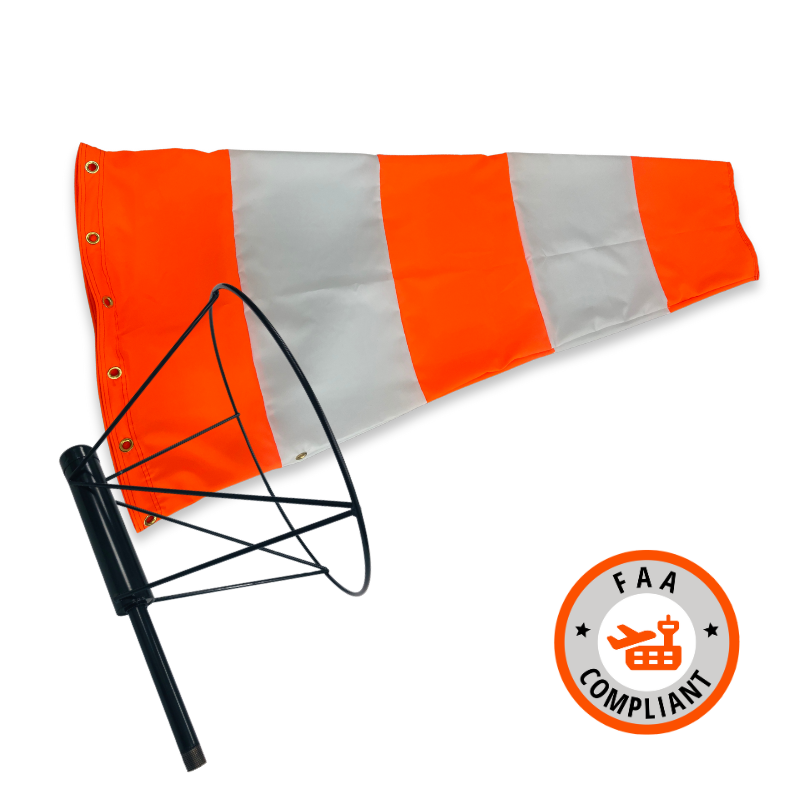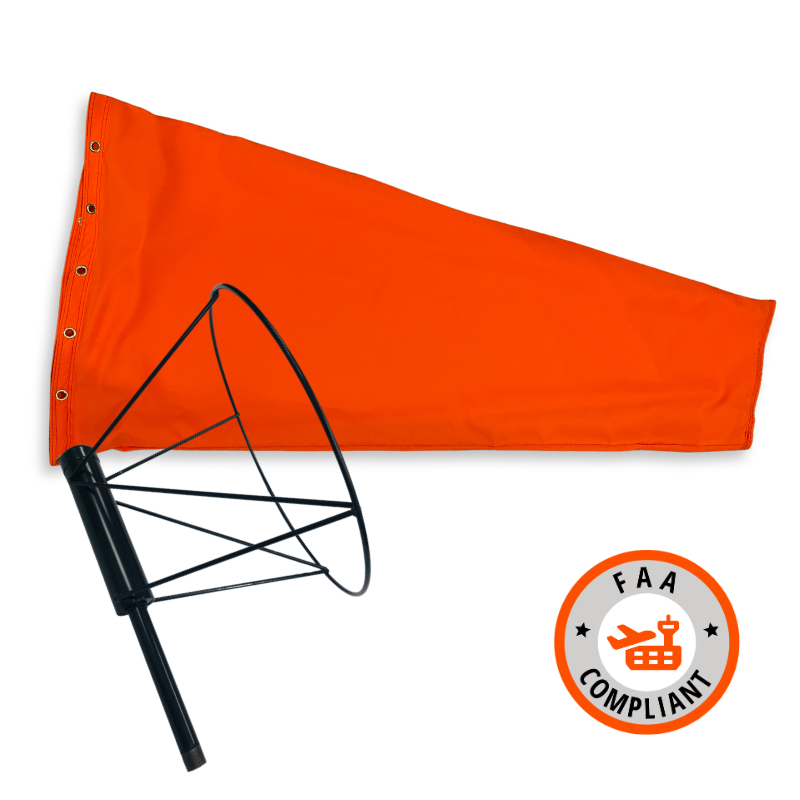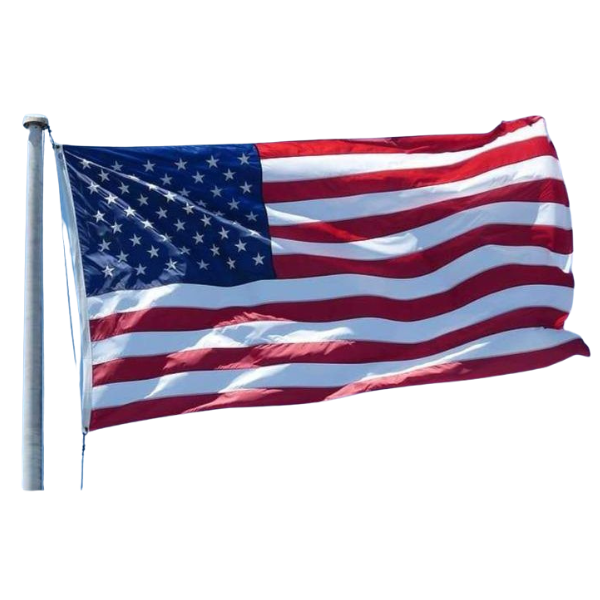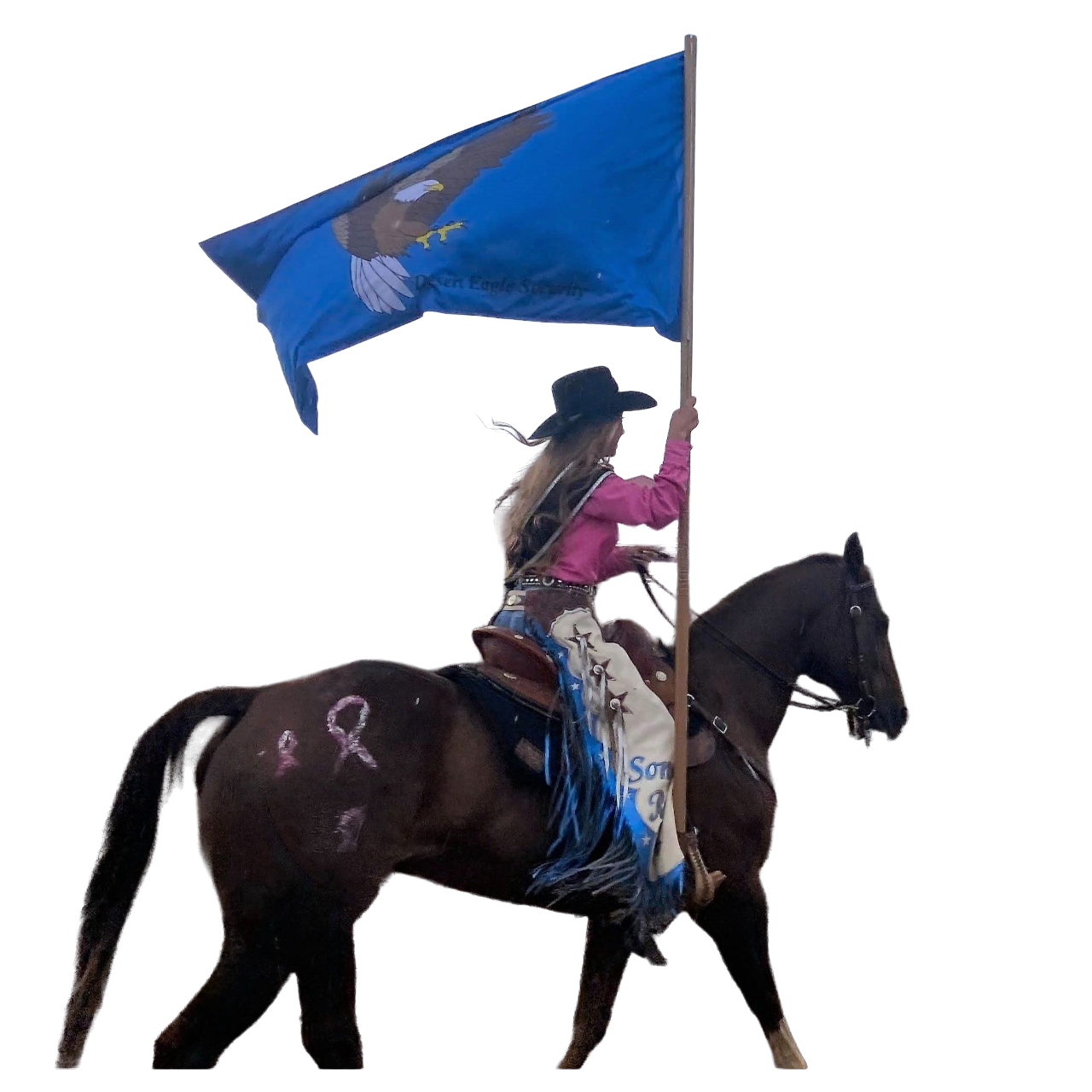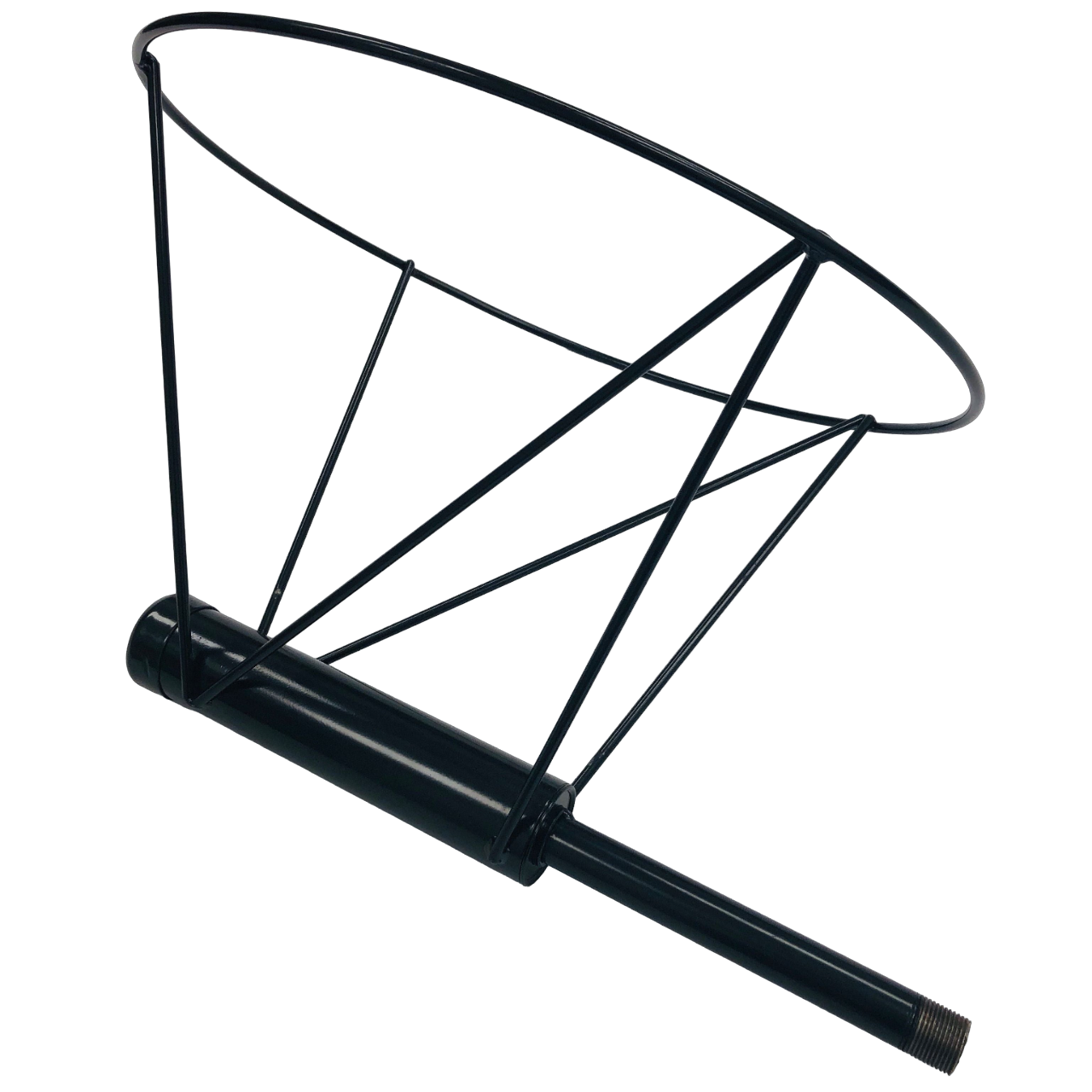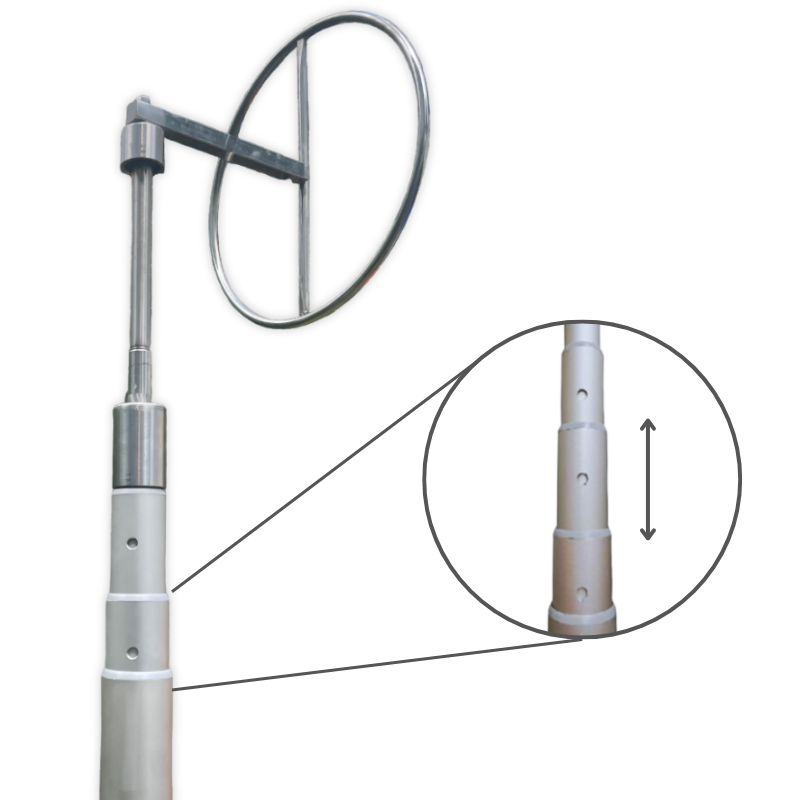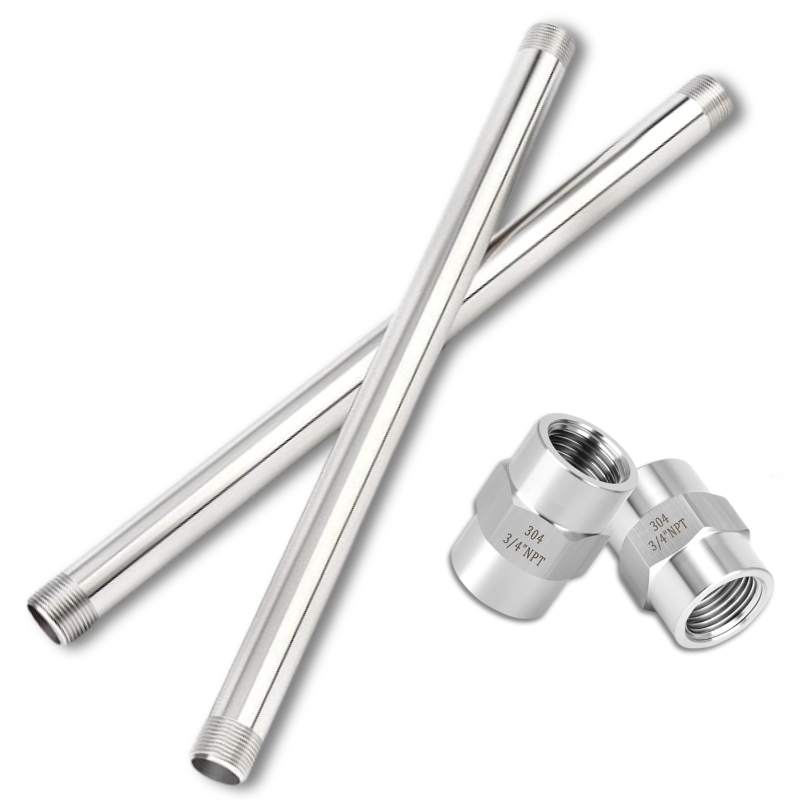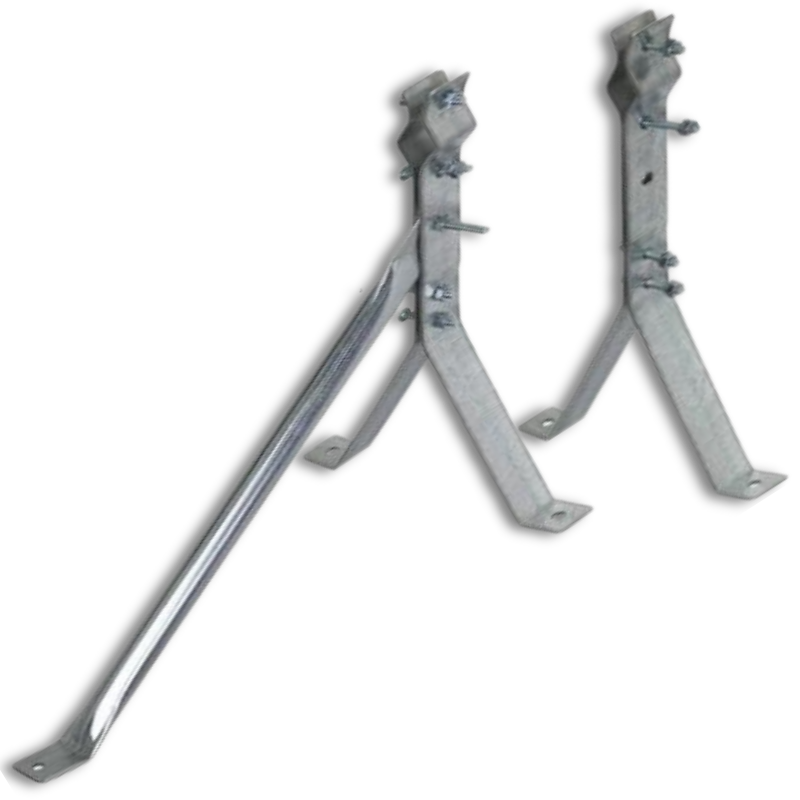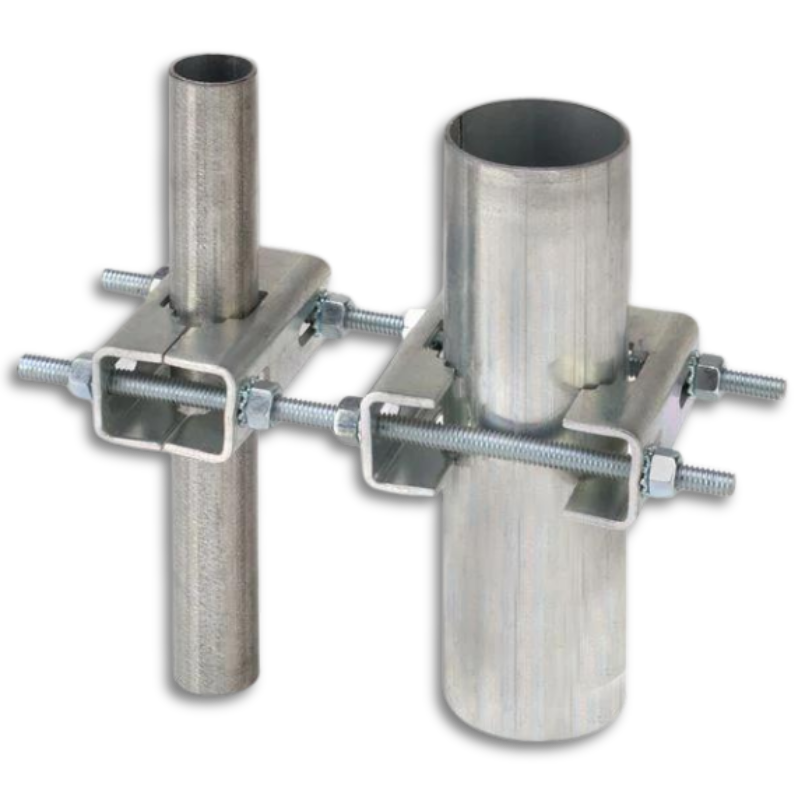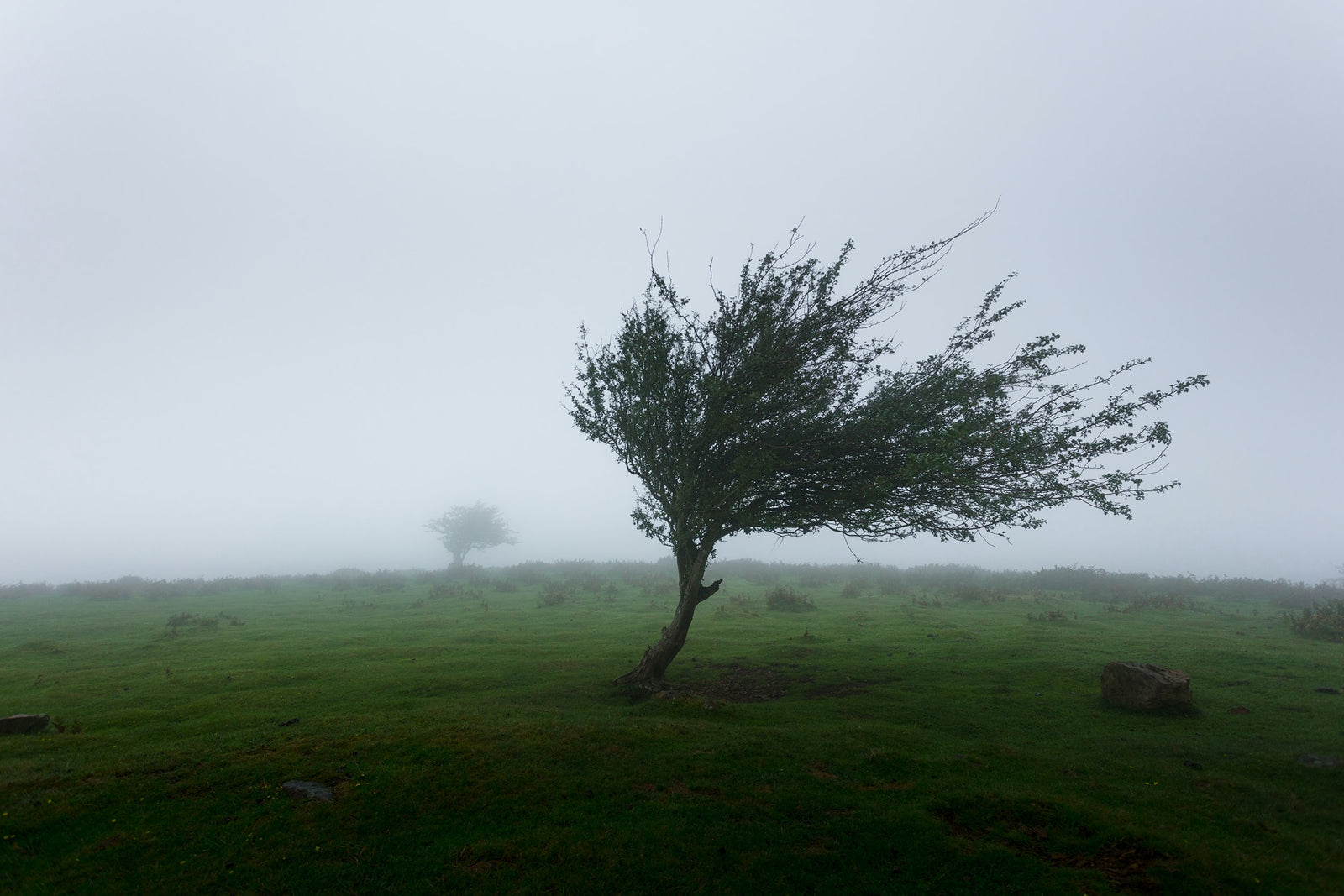Dangerous Winds
Have you ever found yourself at the beach or out for a spring walk with a light breeze through your hair? It’s a gorgeous feeling. However, one man’s light breeze is another man’s cold and windy day. How do we describe to others just how windy it is? Francis Beaufort had this thought and decided to find a way to express wind force in a more standardized way.
In 1805, an Irish hydrographer Francis Beaufort who was part of the Royal Navy, devised a standardized scale for displaying wind force. It’s called the Beaufort Wind Force Scale. The Scale had numbers from 0-12 that displayed wind force in terms of severity as the numbers moved higher.
Originally it didn’t contain any numbers, but it did contain qualitative descriptions of what could be observed at a given level. Ex “winds that no canvas sail can withstand”
In 1916, as steam power was on the rise, descriptions changed to include not just how the sea and ships would be affected but how these winds might cause effects on land as well.
In 1946, forces 13-17 were added with the intention for them to apply to special cases such as tropical cyclones. Today, only Taiwan and mainland China use the extended scale due to being affected more commonly by typhoons.
Today, the modern Beaufort Wind Force Scale shows wind force level, a brief description, Km/hr, mph and knots and some qualitative descriptions for what can be observed in that level of wind. It also shows wave heights expected and the sea state.
The Beaufort scale is now used when making descriptions to the public about how dangerous an impending storm could be. It is an important message to convey accurately if you are a naval officer, work with air crafts or at airports or even if you are a person living in the lower 48 states who might be at risk of being in a storm.
Damage from severe thunderstorm caused wind accounts for 50% of all the severe reports in the lower 48 states and its even more common damage than a tornado. Wind speeds in the U.S. frequently reach 100 mph in some places and can produce a pathway of damage for miles.
A great way to have an understanding of outside conditions, especially when there’s a storm brewing is to have a tool such as a weathervane or a windsock outdoors to help you. Windsocks can tell you the approximate windspeed and the direction of the wind depending on the direction it is blowing and how much of the sock is inflated. Check out this article to find out exactly how to read a windsock!
We frequently make custom windsocks for family farms, private air strips and hangers and for cottages or family residences. They’re a fun and practical tool around the property.
Contact us for a quote or for customer service at 1-833-786-1035 or info@custom-windsocks.com to speak to our customer service representative and rest assured that we will be able to help you.
Photo by Khamkéo Vilaysing on Unsplash




